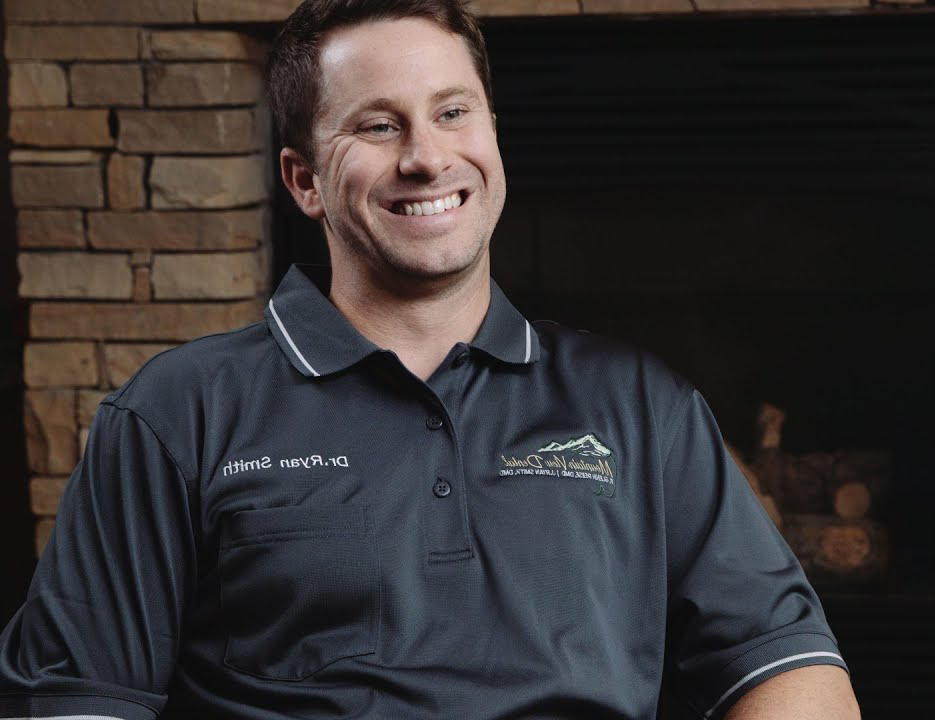Let’s be honest: not many dentists truly love doing fillings. They are a massive and necessary part of our daily work, but they can often feel inefficient, unprofitable, and a drain on the schedule.
But what if you could make your filling appointments faster, less stressful, and more profitable?
The truth is, most dentists are slow not because of a lack of hand skills, but because of a lack of a clear, intentional system. This is a five-part strategy to dramatically improve your efficiency and cut your composite filling time in half, transforming a dreaded procedure into a smooth, predictable, and highly profitable part of your day.
1. Choreograph the Appointment with Your Assistant
The single biggest impact on your speed is team choreography. Most dentists just wing it. The most efficient clinicians are intentional about every single moment. Your goal should be zero downtime.
- Map the Workflow: Sit down with your assistant and map out the entire filling procedure, step-by-step.
- Empower Your Assistant: They should do everything possible before you enter the room (reviewing the chart, taking x-rays, etc.). When you walk in, you should be picking up the syringe, not waiting.
- Anticipate the Next Step: Your assistant should know what instrument you need next without you having to ask. While you are changing a bur, they should be rinsing or drying. Your efforts must be complementary to eliminate wasted motion.
Just intelligently mapping out your workflow and training your assistant will save you a massive amount of time.
2. Eliminate Anesthetic Wait Time
The next biggest time-waster is waiting for the patient to get numb. You don’t have to be a victim of this waiting period.
- Use a Faster Anesthetic: Anesthetics like articaine (Septocaine) have a much faster onset, especially for infiltrations.
- Be Strategic with Your Sequence: The thicker the bone, the slower the onset. If you have work around the mouth, numb the areas with the thinnest bone first.
- Maxillary Infiltrations: 1-3 minute onset. Do these first.
- Mandibular Infiltrations: 2-4 minute onset. Do these next.
- Mandibular Block: 5-7 minute onset. Give this last.
By the time you finish administering the anesthetic, the first areas you numbed will be profoundly numb and ready for you to start working immediately.
Watch the full breakdown of these five time-saving strategies.
3. Switch to Self-Etch Adhesives
The debate between total-etch and self-etch is long, but for efficiency, the winner is clear. Modern self-etch and universal adhesives are incredibly effective and eliminate the etch, wait, and rinse steps from your workflow.
This not only saves time on every tooth but also reduces the risk of post-op sensitivity from improper rinsing or over-drying dentin. For the vast majority of routine restorative cases, self-etch is a clear winner for speed and predictability.
4. Batch Your Placement and Curing
This is where most dentists lose the most time. If you have three fillings to do, the absolute slowest method is to matrix one tooth, fill it, cure it, and then repeat the process two more times.
The efficient approach is to batch your steps.
- Place all the matrix bands at the same time.
- Place the bonding agent on all the teeth at the same time.
- Fill all the teeth at the same time.
- Cure all the teeth at the same time.
The more you can apply this batching principle, the faster you will be. Using an isolation system like an Isolite or DryShield makes it much easier to confidently work on multiple teeth at once.
5. Set “Low” Post-Op Expectations
This final tip is the most overlooked but is critical for managing your total time. An unproductive post-op appointment for sensitivity three days later makes your “30-minute” filling a much longer procedure.
You must set the bar for their post-op experience very low. Before they leave, tell them it is completely normal to expect some sensitivity to cold or biting, and that it could last for a number of weeks.
Use an analogy:
“Mrs. Jones, it’s a bit like a sprained ankle. We’ve done some work on the tooth, and it needs some time to calm down. The more you test it out, the more time it will take to feel completely normal again.”
When you frame it this way, you prevent the panic call the next day. Setting these expectations is the best way to dramatically decrease post-op complications and the unproductive chair time that comes with them.

